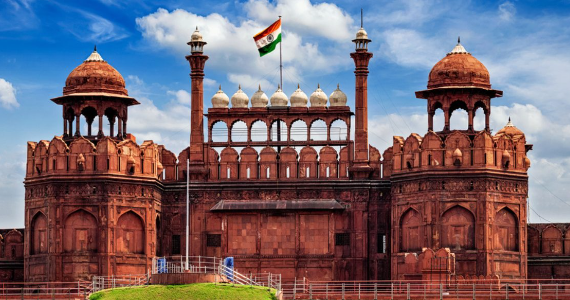
The Kadapa Lok Sabha seat in Andhra Pradesh has been witness to a prolonged and intricate saga of family politics that spans decades. The seat’s history is interwoven with the Reddy family’s political aspirations, rivalries, and ambitions. The Kadapa seat has been a focal point for multiple generations of the Reddy family, resulting in a narrative that reflects the complexities of Indian politics, legacy issues, and power dynamics.
The legacy of the Kadapa seat is deeply rooted in the Reddy family’s lineage. The late Y.S. Rajasekhara Reddy (YSR), Y.S. Vivekananda Reddy, and Y.S. Bhaskar Reddy, all descendants of a common ancestor, have played pivotal roles in shaping the political landscape of the region. The story of the Kadapa seat is characterized by intricate family relationships, power struggles, and the quest for political dominance.
YSR’s prominence in Andhra Pradesh politics needs little introduction. His tenure as Andhra Pradesh’s chief minister positioned him as a formidable leader both within the state and on the national stage. The Kadapa Lok Sabha seat held significance for YSR, who had won it from 1989 to 1999. He later passed on the mantle to his brother, Vivekananda Reddy, to focus on state-level politics.
The year 1999 marked a pivotal juncture for family politics over the Kadapa seat. Y.S. Jagan Mohan Reddy, YSR’s son, expressed a desire to contest from Kadapa. However, due to the Congress party’s challenging electoral landscape, where it had been out of power in Andhra Pradesh for an extended period, the family collectively concluded that it wasn’t the right time for Jagan to enter the fray. Instead, Viveka was fielded, securing an emphatic victory and becoming one of the five Congress MPs to triumph in the state.
Subsequent years brought about power struggles within the family, with attempts to influence the fate of the Kadapa seat. YSR sought to persuade Viveka to relinquish the seat in favor of Jagan, but the efforts faced resistance. Viveka’s tenure was marked by internal debates and external pressures, including speculation about coercive measures to make him resign.
Reports indicated that the family dynamics surrounding the Kadapa seat remained intricate. The Congress party’s leadership was cautious, given the seat’s strategic importance and the need to maintain its position in the Lok Sabha. Viveka’s steadfastness in retaining the seat highlighted the complex interplay of interests and the enduring significance of the Kadapa constituency.
Tragedy struck in 2009 when YSR lost his life in a helicopter crash. This event reshaped the family’s dynamics, with Viveka and others vying to carry forward YSR’s legacy. The seat became a focal point for discussions on who would succeed YSR in representing the family’s political aspirations. Amid this turmoil, Vijayamma, YSR’s wife, and Viveka’s aspirations collided, leading to his eventual departure from the Congress.
The emergence of Jagan’s YSR Congress Party (YSRCP) added another layer to the Kadapa seat’s history. The party’s formation marked a significant departure from the Congress, as Jagan sought to carve his own political path. The rivalry between different factions within the family grew, and the Kadapa seat became symbolic of their aspirations.
The Kadapa seat also became a platform for Jagan’s strategic planning. Recognizing the need to establish a stronghold in Pulivendula, he cultivated his own set of loyalists within the party. This move highlighted the intricate power dynamics within the family and the efforts to consolidate political influence.
The history of the Kadapa seat underscores the complexities of family politics, legacy issues, and power struggles in Indian politics. The interplay of ambition, inheritance, and strategy has shaped the fate of the constituency and the broader political landscape of Andhra Pradesh. As the Kadapa seat continues to evolve, it serves as a reminder of the intricate nature of political legacies and the enduring impact of family dynamics on the country’s democratic journey.










